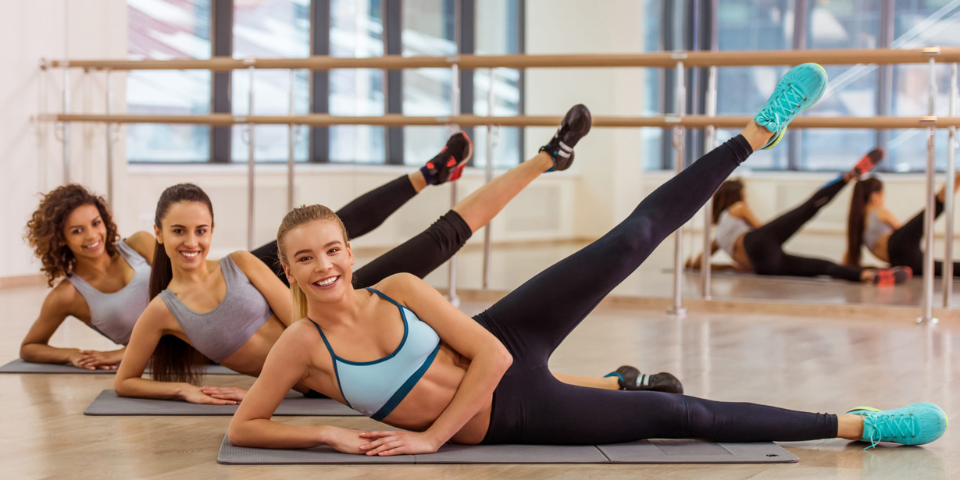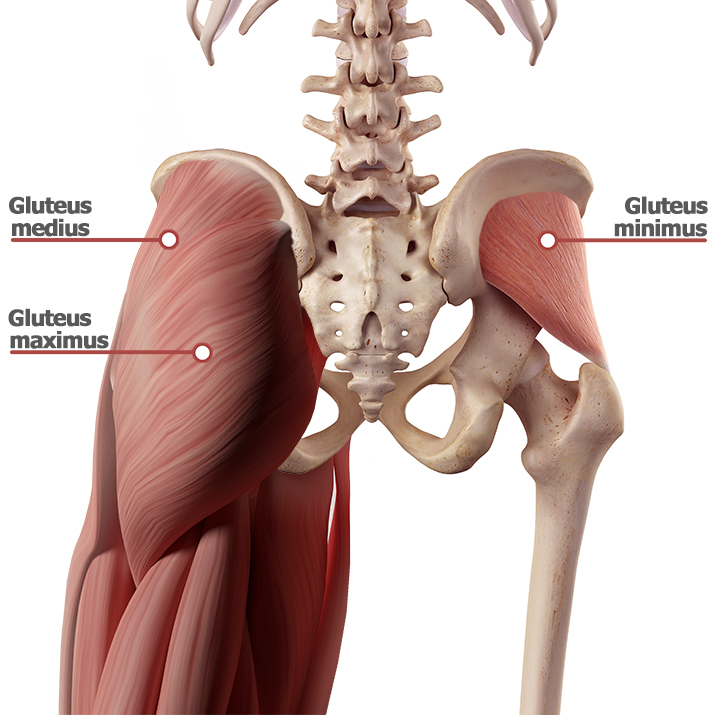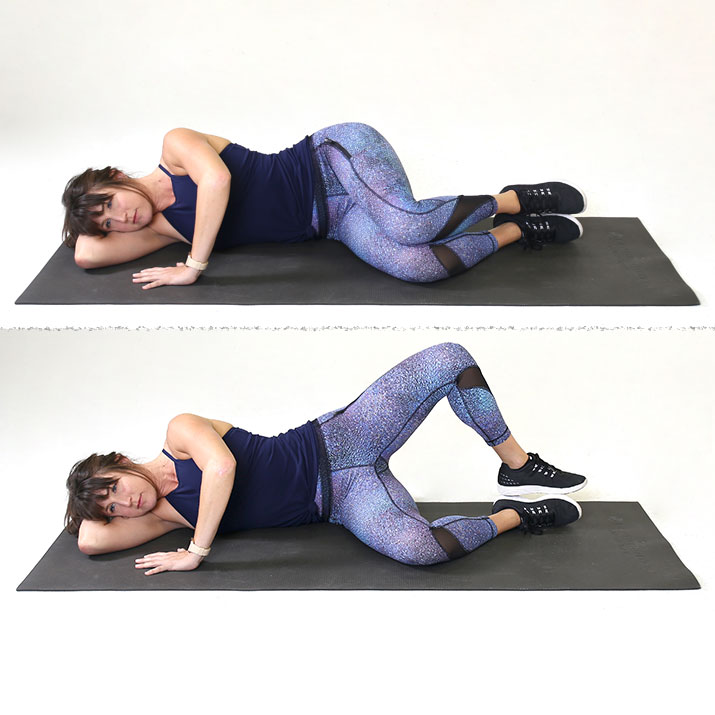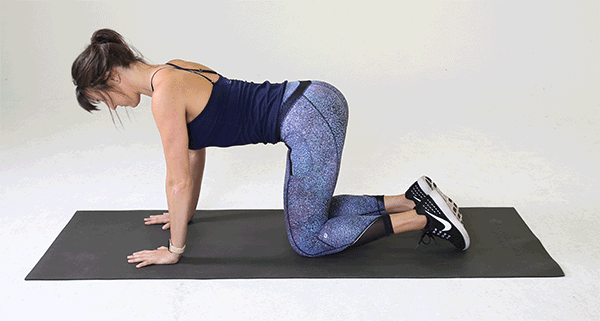Although it looks like a simple move, the side leg raise packs a lot of benefits.
Not only is it versatile enough to be performed anywhere — even during a Netflix binge — but it also helps “turn on” your glutes, which assist during other exercises like squats and lunges.
That can also help with daily activity, especially in preventing lower back pain, according to yoga teacher and trainer Samantha Parker, E-RYT, CPT.
“Activating and strengthening the glutes provides support to the pelvis, which can help decrease or even prevent back pain (depending on its source),” she says. “At the same time, this also helps to ‘lift’ the butt, so you get a stronger backside.”
Here’s how to do side leg raises with perfect form.
Lying Side Leg Raises: Step-by-Step Instructions
- Lie on your right side with your feet and hips stacked, your legs straight, and your head resting on your right arm.
- Keeping your core engaged, slowly lift your top leg until you feel your hips begin to tilt upward.
- Pause, and then lower your top leg to the starting position. Complete all reps and then switch sides, performing equal reps on both.
Make it harder: To make side leg raises more challenging, loop a resistance band around your thighs, just above your knees, to further challenge your strength. Or you can keep your legs together and lift them both off the mat simultaneously, which will engage the adductors of the bottom leg.
Form tips: When lifting and lowering your top leg, the slower you move, the harder your muscles will be working, Parker says. Go too fast, and you’ll be using momentum instead of strength.
She also suggests being mindful of activating your abdominals. This will help engage your core, and also limit the amount of movement in your torso, isolating the muscles more effectively.
What Muscles Does a Side Leg Raise Work?
Because you’re working against gravity and trying to maintain stability, side leg raises make for great bodyweight strength training, especially for your hips, glutes, and core, according to Parker.
Here’s what’s firing:
- Glutes: The muscles of your butt not only help you during squats and lunges, they help abduct your legs (move them out to the sides), particularly the gluteus medius and gluteus minimus.
- Inner thighs: In the case of the dual lying side leg raise, the adductors (the muscles of your inner thighs) of your bottom leg will get plenty of work lifting it.
Alternatives to the Lying Side Leg Raises
For some people, the lying side leg raise may exacerbate a hip issue, or simply wear out its welcome. With that in mind, Parker suggests a few other ways to get the benefits.
Clamshell
Lie down on your side same as in the standard leg raise, but with your hips and knees bent. Then raise your top knee as far as you can without rotating your hip or lifting your bottom knee.
Standing leg raise
Stand tall and use a wall, chair, or countertop for balance, maintaining a straight spine as you lift a leg out to the side.
Fire hydrant
Get on all fours and raise one bent leg out to the side at a time. Add a resistance band for an additional challenge.



